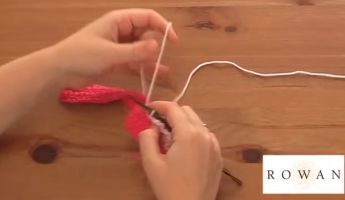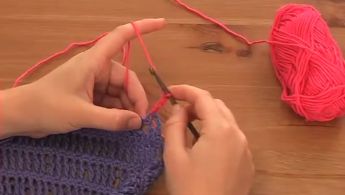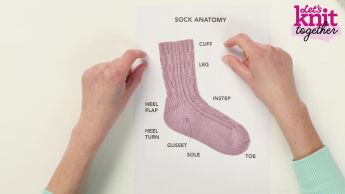How To Work Loop Stitch
video by
Neti Love & Julie Peasgood
- Overview
- Practical Guides
You might wonder where you can use a texture like a loop stitch, but it is very versatile – it is brilliant for fur, but also has its place in creating a funky cuff, an all-over effect for a cosy gilet, and can look great as stripes on a statement cushion.
The thinner the yarn, the finer the effect will be, although loops can be quite spaced yet still give good coverage. The loops are creating by being wound around the thumb when working on the right side of the fabric, then the top is trapped within a knit stitch.
TIP: adjust the length of the loop by altering the position of your thumb – the further away from the needles your thumb is, the longer the loop will be
It takes a little practice to get the loops an even length, but you will be rewarded with a fun effect and an extra layer of cosiness in a garment. You may find working a little more loosely will make things easier, as long as you can maintain your overall tension. Patterns can vary, and often the loop stitches have a knit stitch between.
To work a loop stitch, insert the right-hand needle as though to knit it, but leave the RH needle in the stitch. Bring the yarn forward between the needle tips and wrap it under your thumb from back to front. Next take yarn back between the tips to the knit position, while still under your thumb.
The next part is slightly tricky: finish knitting the original stitch by bringing the needle forward and lifting the stitch off the left-hand needle; at this point, you may need to take your left thumb out of the loop and hold it with your right so that the loop length is maintained.
Finally, cast off the second stitch from the right needle tip using the left-hand needle to lift the over the first and off the needle, and trap the loop.
It is important to cast off the second stitch, which is in fact part of the original knit stitch to avoid increasing the number of stitches. At end of a loop row, give the loops a little tug to even them up. Turn and purl back across the stitches; the loop sts may feel tighter than the regular knit stitches.
TIP
Keep your thumb in the same position to create loops of the same size - otherwise, the overall effect will be uneven and look rather disheveled!














































